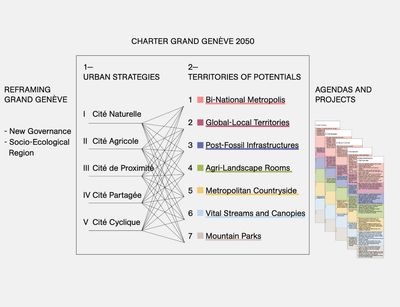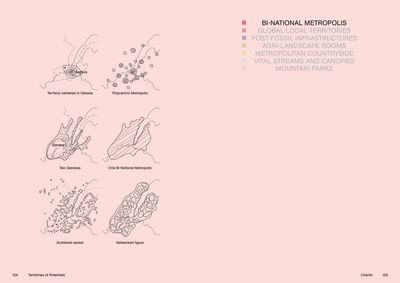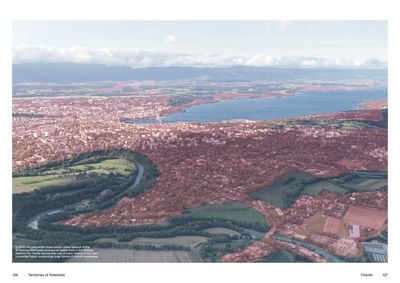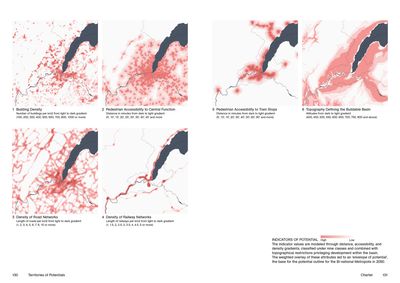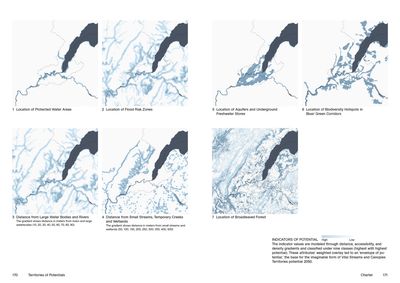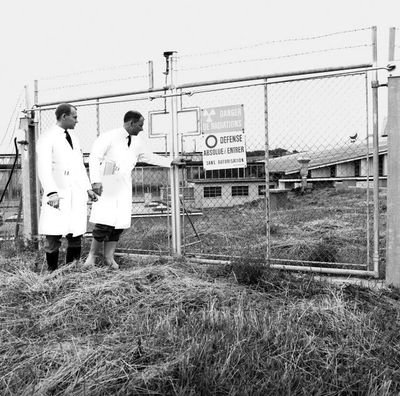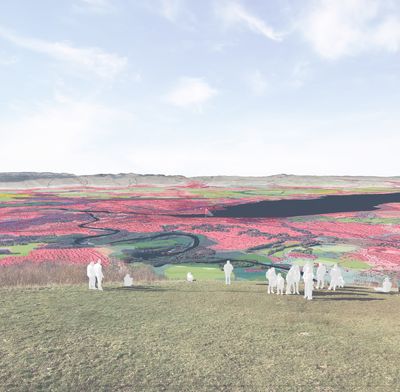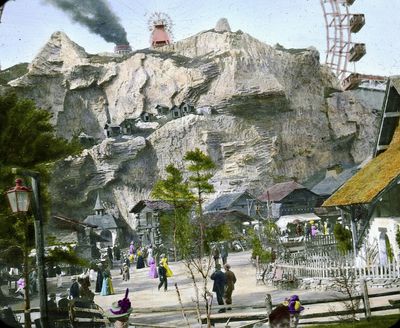Grand genève Et Son Sol
A Charter for the Socio-Ecological Transition of a Cross-Border Metropolitan Region
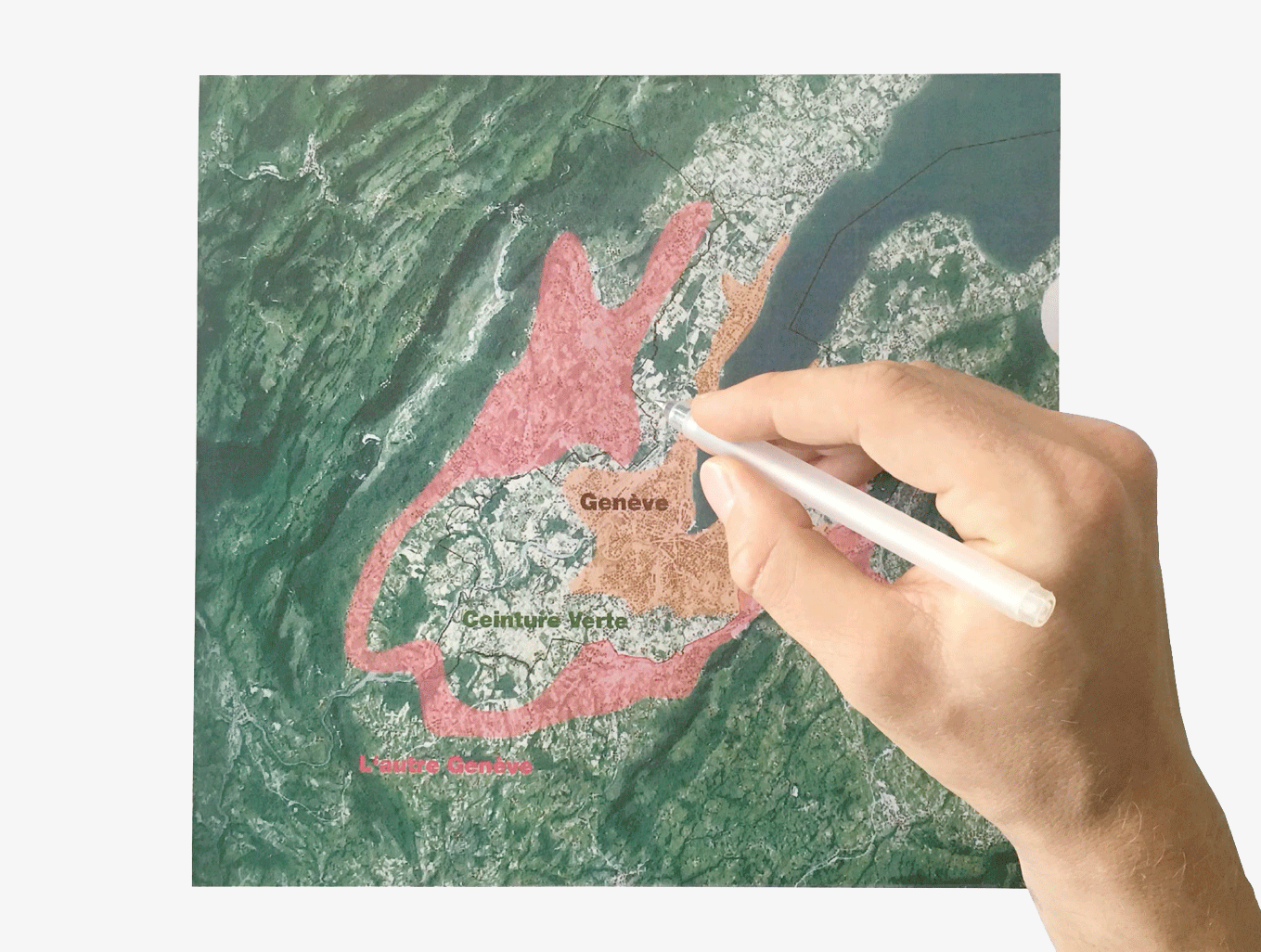
The city of Geneva and its region have always represented a diverse territory of perceived opposites—the Swiss-French, the protestant-catholic, international-local, and urban-rural qualities and conditions, all come together in the Genevian cuvette, framed by the Jura and the Alps. Today, the region encounters profound development challenge with fast population increase and strong housing demands projected to continue in the future. Since decades, the city has been spilling across the national border. Urban growth and land consumption in the Canton and in the French part of the Genevian agglomeration continue to put pressure on settlement areas and to erode agricultural and natural landscapes.
CONSULTATION GRAND GENÈVE 2050
Already in 2008, the French and Swiss municipalities around Geneva formalised a decade-long process of negotiating regional cooperation and planning by creating a new territorial entity, the Grand Genève. Ten years later, in October 2018, the public Consultation Grand Genève 2050 launched by the Fondation Braillard Architectes, gathered seven international and interdisciplinary teams around a task to propose design and planning visions for the future of Grand Genève, based on the necessity of “ecological transition” and in line with the principles of sustainable development. Further, the competition brief asked to offer design and planning strategies, not only for the city of Geneva, but for the entire region to combat the resulting increasing social injustice. In this framework, the team of the ETH Zurich Architecture of Territory, the UNI Luxembourg Master in Architecture, and Raumbureau A+U elaborated Grand Genève et son sol, a territorial strategy for a more self-sufficient and polycentric cross-border region.
We asked ourselves: how can design help to mediate among different cross-border interests, governance arrangements, and thus assist transboundary solutions? How to set a common vision and project for the region, which operated beyond the city-centric conceptions, and beyond the national border? And further, could a new regional planning approach respond to the urgency of social and environmental “transitions,” facing up to the climate crisis and biodiversity loss?
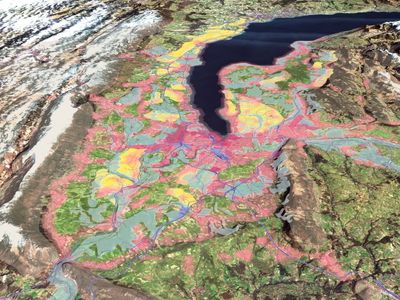
A CHARTA FOR SOCIO–ECOLOGICAL TRANSITION: BRINGING THE LAND BACK INTO THE CITY
Our prospect for Greater Geneva approaches the urgency of socio-ecological transition through the problematic of land, understood in its manifold expressions – as an ecological structure, as appropriated and regulated territory, and as a symbolic landscape of specific places and identities. The central hypothesis is that the currently asymmetric region should be transformed into more equitable, ecologically balanced and polycentric city-landscape, in which the built and the unbuilt environments, in all their diversity, are productively interwoven. Herein, a successful transborder governance will be crucial.
Urban Strategies
We envision a determined effort toward a new deal for socio-ecological transition based on the overhaul of the current property and governance arrangements on all levels through the idea of commons: from individualism and rentiership in agriculture, real- estate, transport and other urban domains, toward the development and promotion of common and cooperative governance arrangements and models. The prospect for Greater Geneva is organised in the form of a Charter which operates along two axes. The first axis elaborates five sets of urban strategies: Cité naturelle addressing the protection of nature areas and resources; Cité agricole promoting regionalisation of food system on the principles of agroecology; Cité de proximité elaborating strategies for the decentralisation of services and working opportunities across the region; Cité partagée setting precedents for new communal and collective practices; and Cité cyclique setting out approaches to circularity of material and energy flows. These urban strategies can be deployed at various scales, from regional and urban to architectural.
Territories of Potentials
The second axis of the Charter describes seven territories of potentials in the region, that should serve as basis for future land-use decisions. The built-up and the unbuilt lands throughout the region ought to be harmonised with each other, and any further competition among land uses avoided. The reframing of the land use questions tackles specific potentials and problems of Greater Geneva, from regeneration and retrofitting of obsolete fossil infrastructures to the loss of valuable agricultural land to construction, particularly in French Geneva. The seven territories of potentials are: Bi-national metropolis, Global-local territories, Post-fossil infrastructures, Agri-landscape rooms, Metropolitan countryside, Vital streams and canopies, and Mountain parks. Derived from numerous fieldwork expeditions with students in the region since 2016, the territories of potentials have been elaborated through urbanistic and cartographic analysis and synthesis. The Charter also offers a programmatic outline with agendas for design and governance at various scales, and over thirty design case studies for various sites across the region. Thus, a new urban figure, which balances social and environmental needs and qualities, becomes possible.
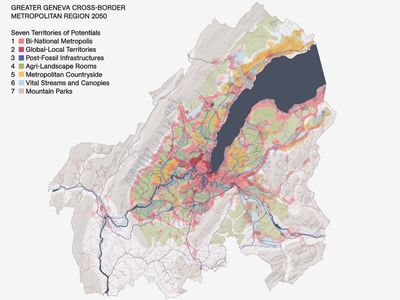
The new urban figure – in effect, a new kind of city-landscape which emerges at regional scale – dissolves the centre-periphery dichotomy, giving shape to a more equitable, polycentric, self-sufficient and regenerative landscape. In contrast to a master plan, the proposed territorial strategies are flexible, and able to respond to various and unpredictable scenarios of growth and shrinkage. While the external boundaries of the future city-region would be demarcated by the silhouette of the cuvette genevoise, its development would take place internally, within the figure. In a continuous dialogue among citizens, administrations, political bodies, international institutions such as the UN and CERN, and representatives of the economy and civic movements, the strategies of the Charter can be spatialised and concretised, making Greater Geneva a European frontrunner in becoming a sustainable, emission-free and resilient metropolis.

The Consultation Grand Genève 2050 concluded in September 2020 with a final dialogue. Since, the project has been further presented in a TV documentary, in public lectures, in conferences, and articles.
